October 31, 2022 Did You Know?
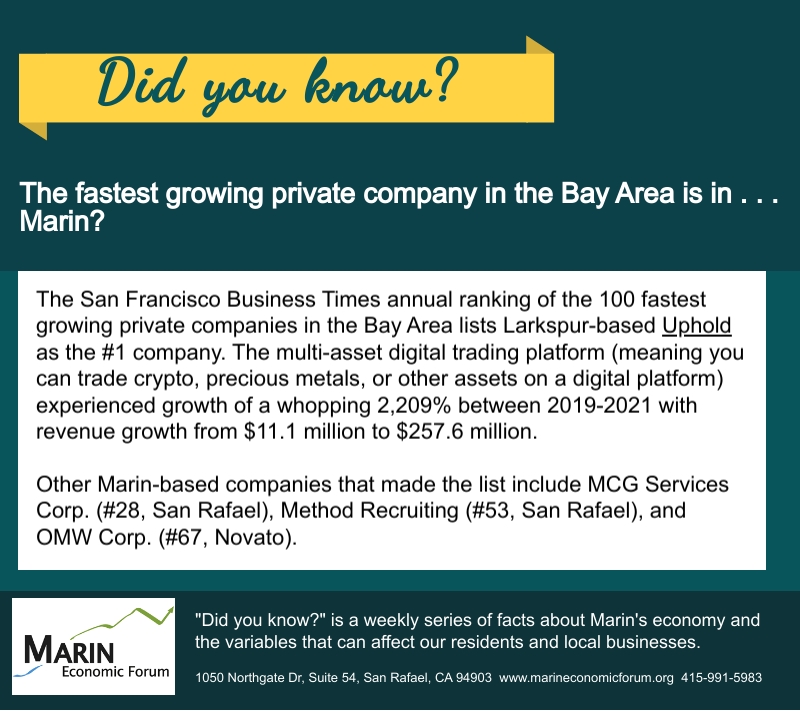
Be the first to receive updates and news from MEF by subscribing or liking us on our social media pages: Facebook, Twitter, and LinkedIn!

Be the first to receive updates and news from MEF by subscribing or liking us on our social media pages: Facebook, Twitter, and LinkedIn!

Be the first to receive updates and news from MEF by subscribing or liking us on our social media pages: Facebook, Twitter, and LinkedIn!
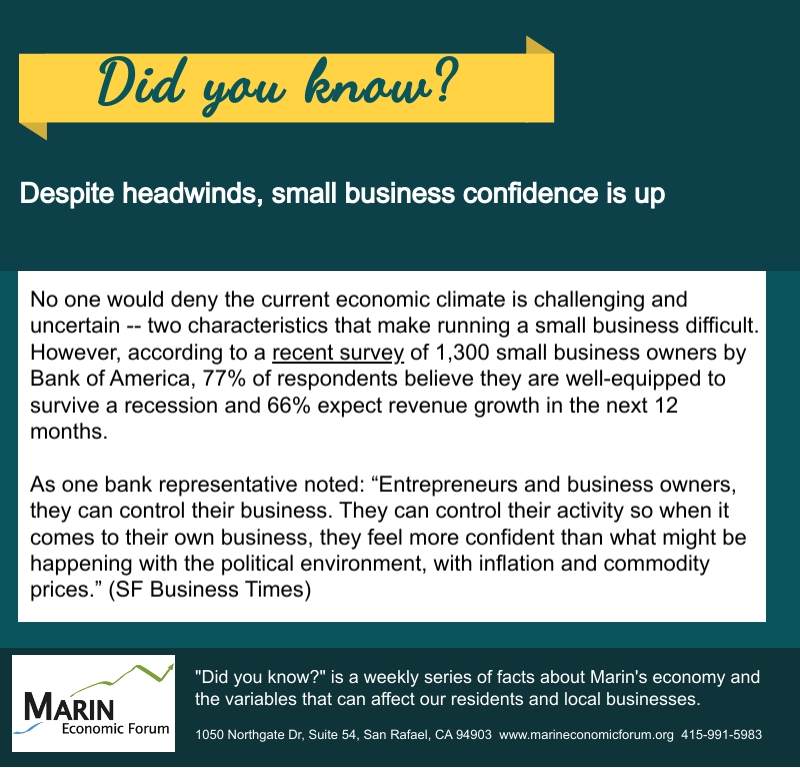
Be the first to receive updates and news from MEF by subscribing or liking us on our social media pages: Facebook, Twitter, and LinkedIn!
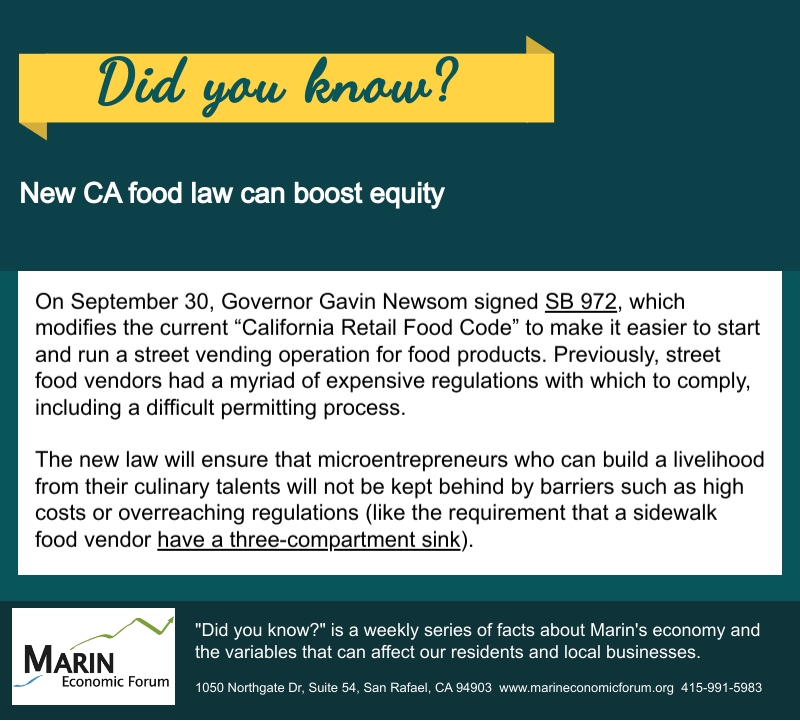
Be the first to receive updates and news from MEF by subscribing or liking us on our social media pages: Facebook, Twitter, and LinkedIn!

Be the first to receive updates and news from MEF by subscribing or liking us on our social media pages: Facebook, Twitter, and LinkedIn!
A plan for helping grow Marin’s economy and recover from the COVID-19 pandemic was approved by county supervisors Tuesday.
“I’m excited to present the first ever, long-term economic plan for the county of Marin,” County Administrator Matthew Hymel said.
The “Marin Economic Vitality Strategic Plan” was paid for with a $133,000 federal grant and a little over $32,000 in county money. It was created over a 10-month period by the Marin Economic Forum with the help of the consulting group James Gollub Associates.
The Marin Economic Forum is a nonprofit, public-private partnership designed to foster local economic growth. It is funded by the county of Marin, contributions from businesses and individuals, and revenue generated from economic reports prepared by the forum.
On Aug. 23, the Marin County Board of Supervisors unanimously adopted the “Marin County Economic Vitality Strategic Plan.”
It represents the first economic strategy in county history and comes at a crucial time as we recover from the coronavirus pandemic and manage the uncertainty of the economy over the next few years, while trying to ensure the quality of life Marinites have come to know and expect.
But there are other reasons the strategy is important to our county. As is noted in the extensive background analysis and stakeholder interviews that shaped the plan, Marin’s economy has both longstanding and more recent issues that have not traditionally been viewed as “economic” issues, nor have their solutions.
Let’s start with child care, where a lack of available slots versus demand persists. It forces many parents into a no-win choice of staying home to care for children or pay high costs for care, which can offset income from working.
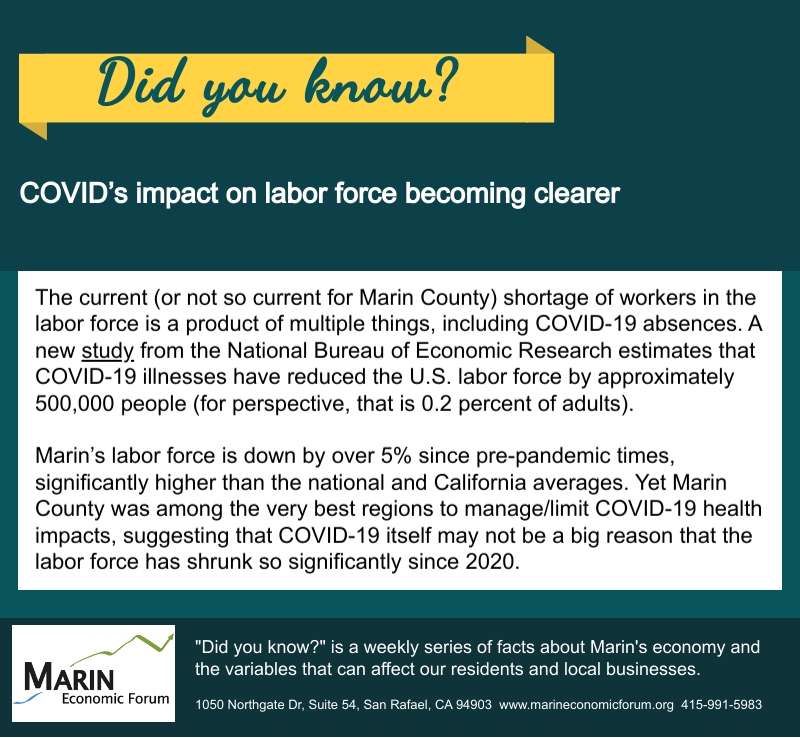
Be the first to receive updates and news from MEF by subscribing or liking us on our social media pages: Facebook, Twitter, and LinkedIn!

Be the first to receive updates and news from MEF by subscribing or liking us on our social media pages: Facebook, Twitter, and LinkedIn!
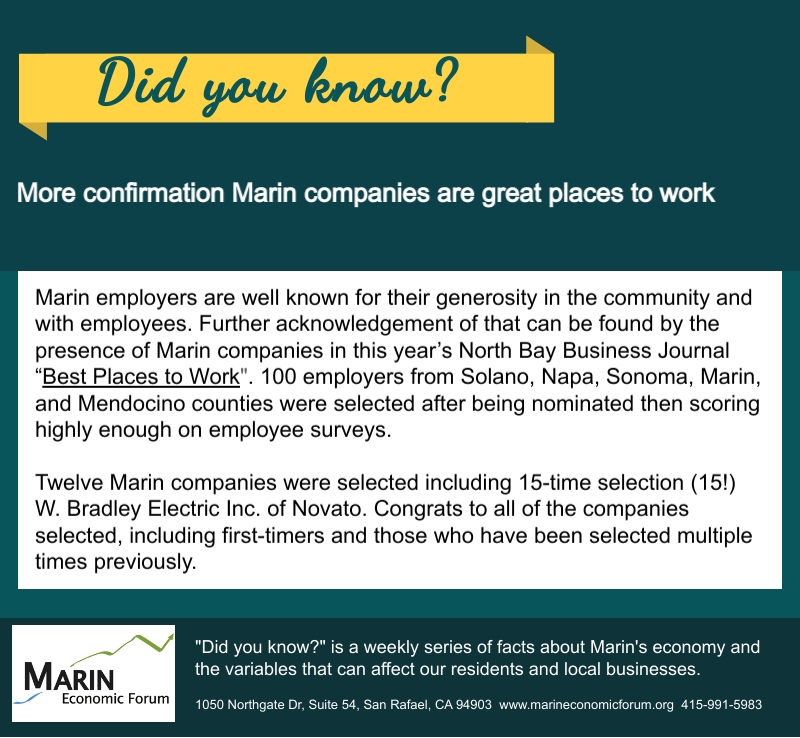
Be the first to receive updates and news from MEF by subscribing or liking us on our social media pages: Facebook, Twitter, and LinkedIn!